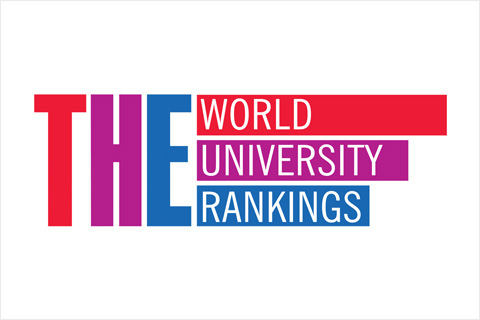Author: Gordon W. Stewart
Edition: First
Publisher: Imperial College Press
Pages: 176
Price: £.00
ISBN 9781848165762
For most medical students, preparing to ascend the hospital steps after leaving behind the safety of the lecture theatre is a daunting prospect, to say the least. The author has identified this transitional period and, in my view, succinctly delivered a prosaic yet eloquent answer to the question that vexes medical students in their clinical years. That question, of course, is how one extrapolates from a vast knowledge base a pragmatic format that will allow the student to grow from an academic into a clinician and diagnostician.
The aim of this book is exquisitely simple: to provide a framework upon which knowledge can be hung. Gordon Stewart acknowledges that the book is not intended to be an exhaustive compendium of physiological, anatomical or clinical information; instead, it offers a paradigm by which a student can start to formulate a diagnosis.
But what is so different about the clinical years and, furthermore, what does Core Clinical Medicine offer to the reader that is so valuable? Essentially this: the clinical years demand that students know everything - and they need to know it fast. Many techniques have been employed to assist in this process, and most involve memory aids including mnemonics, mind-maps and the "surgical sieve".
Core Clinical Medicine starts by investigating the pathological basis of illness and the underlying mechanisms by which systems fail. It then goes on to explore each of those systems in turn and, as it does so, employs the aforementioned memory techniques. By detailing just the core principles, the author gives students a framework to work from and a starting point to develop their own line of enquiry.
Medicine relies on students developing many skills. This book has addressed two areas: the development of diagnostic skills and the ability to precis where necessary. The author has specifically focused on what students need to survive and to be successful in their first clinical experiences. In doing this, he has given students a structure for future learning. Whether it be answering a consultant's question, or in later professional life inverting this process and posing questions themselves, they will find invaluable a mechanism that allows them to logically structure the thinking process.
It is the simplicity with which the author addresses these methods of investigation and paradigm that makes Core Clinical Medicine so easily digestible and therefore such a valuable book.
Who is it for? Medical students about to embark on their clinical years.
Presentation: Extremely good, and the format and use of memory tools is quite outstanding.
Would you recommend it? I would go further than recommend it; it should be on the core reading list of every medical school in the country.
Recommended
Ganong's Review of Medical Physiology
Authors: Kim Barrett, Heddwen Brooks, Scott Boitano and Susan Barman
Edition: Twenty-third revised
Publisher: McGraw-Hill
Pages: 726
Price: £45.99
ISBN 9780071605670
Highly recommended
Medicine at a Glance: Core Cases
Editor: Patrick Davey
Edition: First
Publisher: John Wiley & Sons
Pages: 220
Price: £19.99
ISBN 9781444335118
Rapid Medicine
Authors: Amir H. Sam and James T.H. Teo
Edition: Second revised
Publisher: John Wiley & Sons
Pages: 472
Price: £21.99
ISBN 9781405183239
This book is just fantastic. While doing specialist rotations in my fourth year, I've found it more useful, in some ways, than the Oxford Handbook of Clinical Medicine, a book that we use on a daily basis in the hospital.
请先注册再继续
为何要注册?
- 注册是免费的,而且十分便捷
- 注册成功后,您每月可免费阅读3篇文章
- 订阅我们的邮件
已经注册或者是已订阅?
